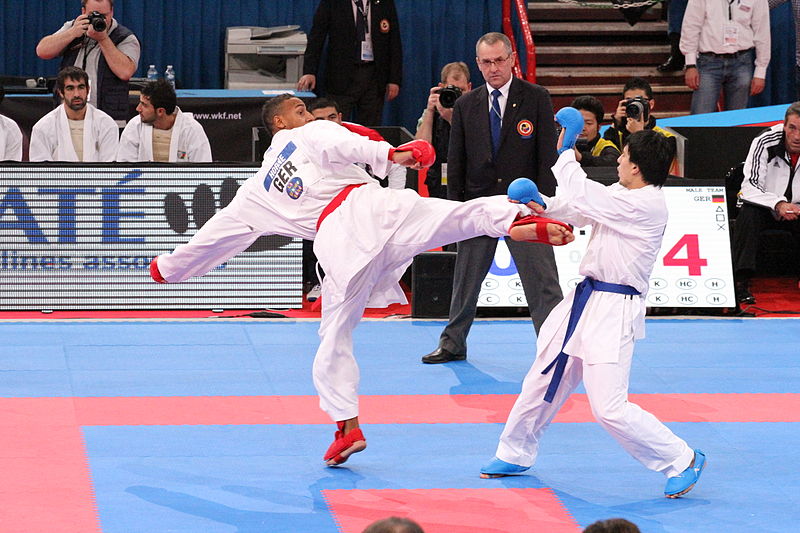Karate, with its origins in Okinawa, Japan, has grown into a global martial art with countless practitioners around the world. If you're diving into martial arts, you might care to know the most practiced styles out there. Let’s break down eight of the most popular karate styles that have captured the interest of martial artists worldwide.
1. Shotokan Karate (~20 million practitioners)
Shotokan is the most practiced karate style globally, known for its deep stances and powerful linear movements. Founded by Gichin Funakoshi, it emphasizes kata (forms) and kumite (sparring), making it accessible and appealing to beginners and seasoned practitioners alike.
2. Kyokushin Karate (~12 million practitioners)
Founded by Masutatsu Oyama, Kyokushin is famous for its full-contact sparring and rigorous training. Its emphasis on physical toughness and realistic combat has earned it a global following, particularly among those who favor a challenging, intense practice.
3. Goju-Ryu Karate (~10 million practitioners)
Goju-Ryu, meaning "hard-soft style," blends hard strikes with soft circular movements. Founded by Chojun Miyagi, it emphasizes breathing techniques and a balance of strength and fluidity, making it a unique and respected style worldwide.
4. Shito-Ryu Karate (~8 million practitioners)
Shito-Ryu, developed by Kenwa Mabuni, is known for its extensive kata catalog. This style incorporates elements from both hard and soft karate techniques, offering a versatile approach that appeals to both traditional and competitive karateka.
5. Wado-Ryu Karate (~7 million practitioners)
Wado-Ryu, created by Hironori Otsuka, integrates karate with jujitsu techniques. It emphasizes evasion and body movement, focusing on harmony and using an opponent's energy against them, which has made it popular in Japan and Europe.
6. Shorin-Ryu Karate (~5 million practitioners)
One of the oldest karate styles, Shorin-Ryu is characterized by its quick, natural movements and high stances. This style is deeply rooted in Okinawan tradition and has a loyal following among those who value classical karate.
7. Uechi-Ryu Karate (~3 million practitioners)
Uechi-Ryu, founded by Kanbun Uechi, draws heavily from Chinese martial arts. It emphasizes circular blocking, body conditioning, and close-range strikes, making it a favored style in Okinawa and among traditional martial artists.
8. Isshin-Ryu Karate (~2 million practitioners)
Isshin-Ryu, developed by Tatsuo Shimabuku, is known for its practical, self-defense-oriented techniques and shorter stances. Its blend of elements from Shorin-Ryu and Goju-Ryu has made it particularly popular in the United States.
Conclusion
It is my sincere hope that in sharing these numbers we can see greater value in learning from each other. All of these styles - and the others not listed here - have worth.
Karate's widespread appeal speaks to its ability to resonate with people from all walks of life, and these eight styles are leading the charge. Each style brings its own flavor, offering something for everyone. As karate continues to grow and evolve, these styles will remain central to the martial arts community, inspiring practitioners of all levels.
As we all know, Karate isn’t just about the physical techniques; it’s a holistic practice that shapes the mind, body, and spirit. Whether you’re drawn to the discipline for its rigorous training, its philosophical teachings, or its cultural heritage, exploring these popular styles is a great way to deepen your understanding of what karate truly offers. As more people discover the benefits of karate, these styles will continue to guide the way, ensuring that this ancient art remains vibrant and relevant.
These eight styles highlight the diversity and adaptability of karate, showing how this art has been embraced and transformed across the world. Each style offers a unique path for practitioners.
Find the one - or ones - that work for you. And train them, often, en route to becoming a better you.
You might also be interested in our research on Global Martial Arts Participation
Want to be notified when we release research projects like this? Enter your info in the form below.

